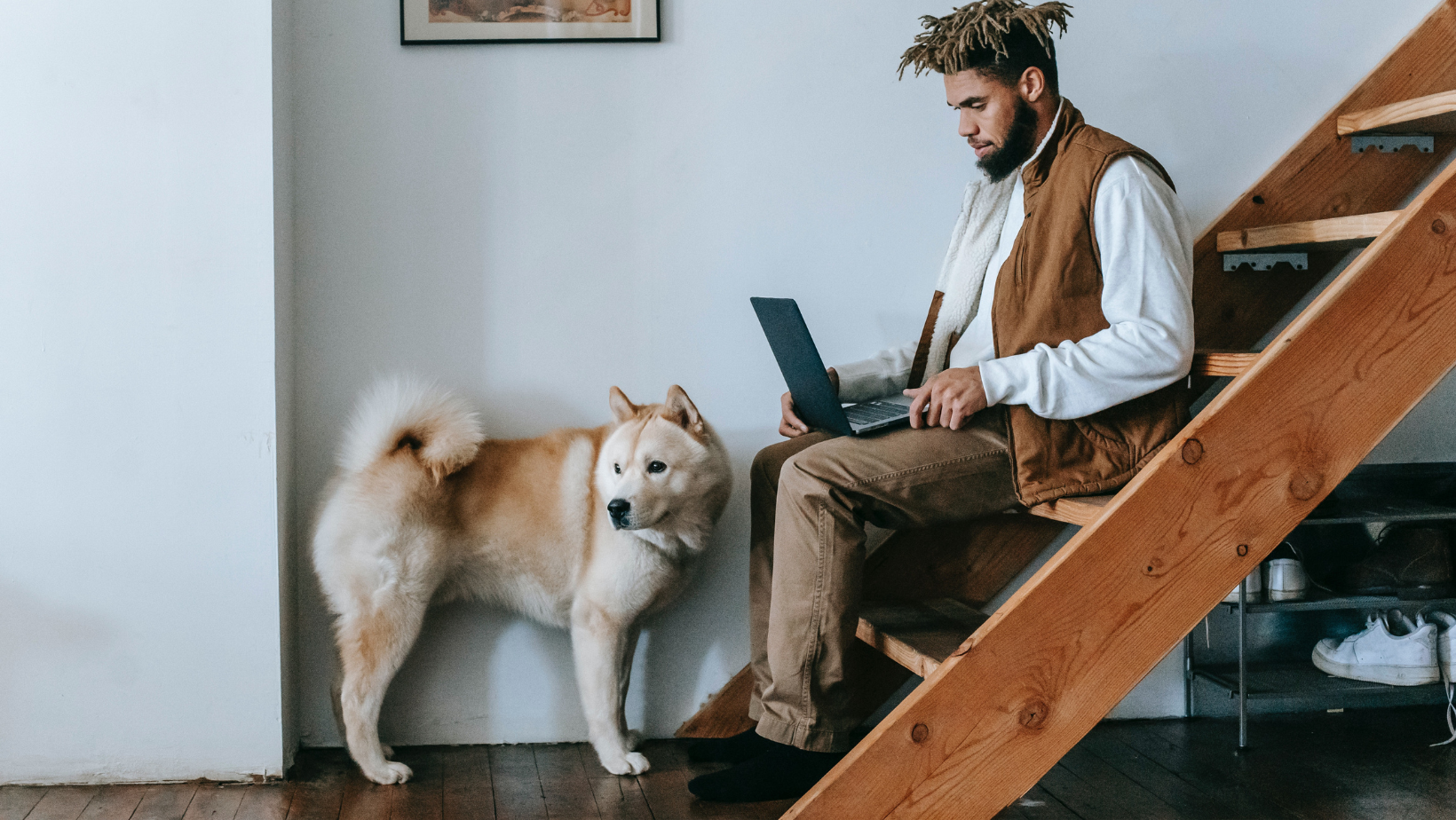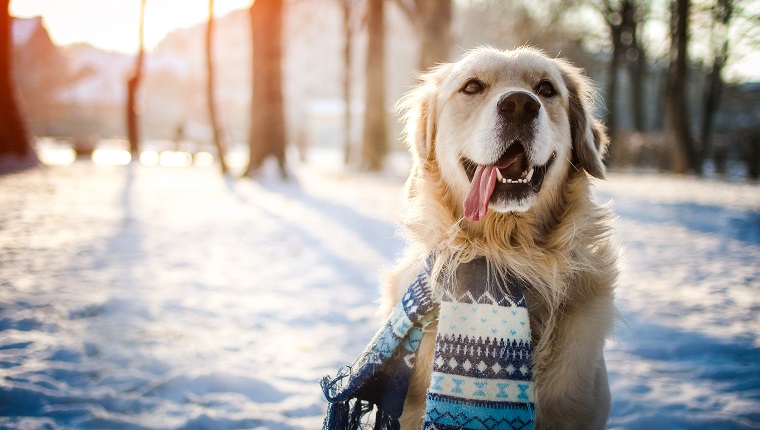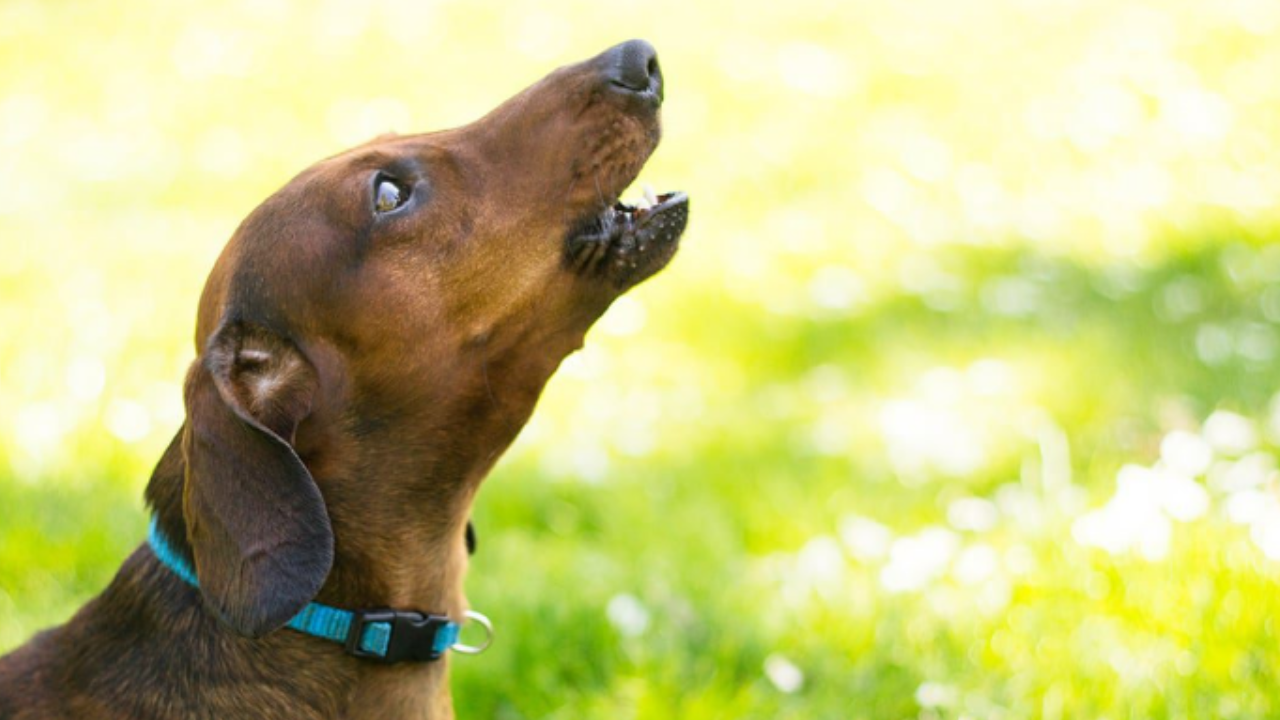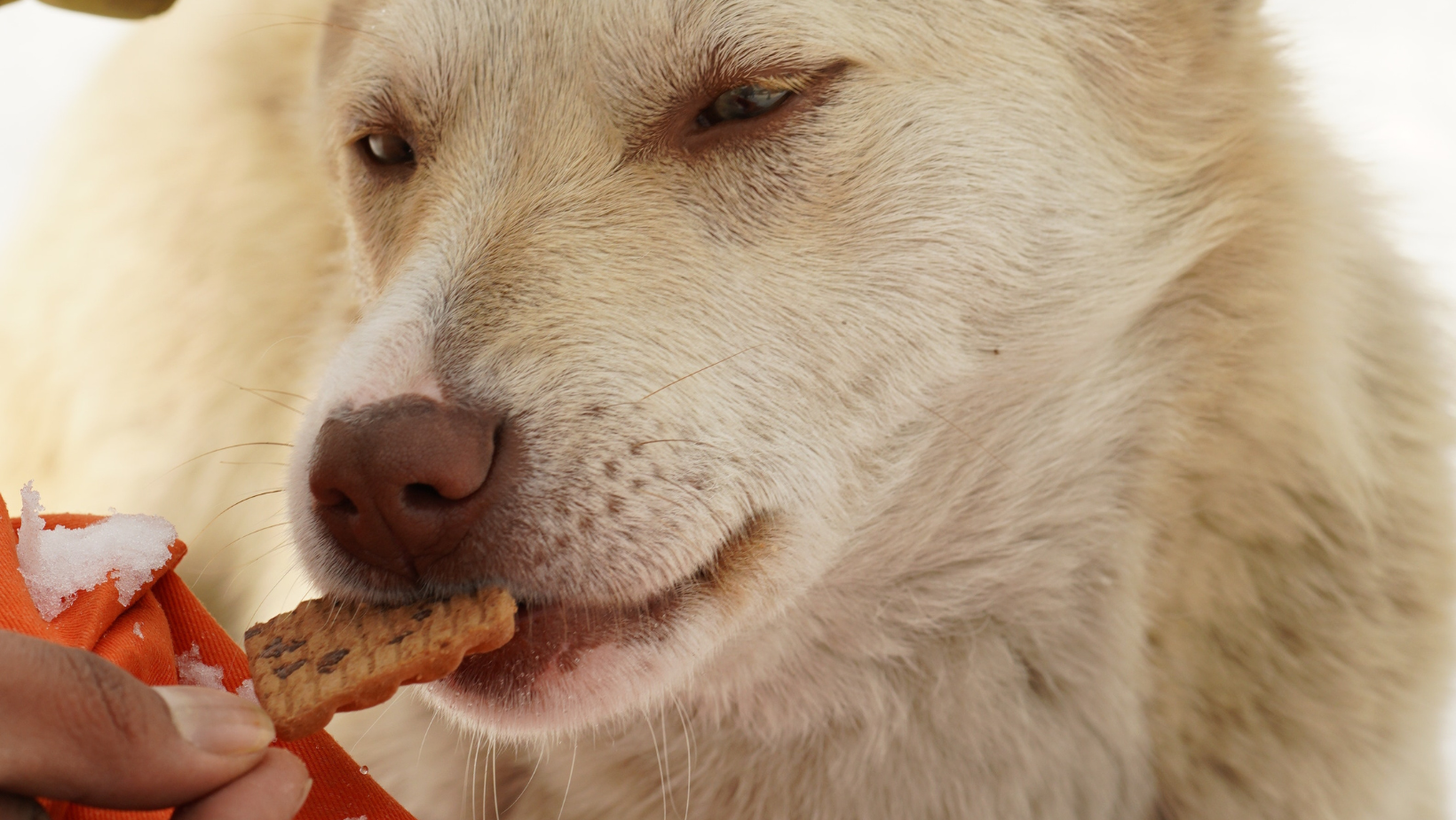Do Dogs Recognize Facial Expressions?

Dog owners frequently consider their pets to be members of the family, and since humans and dogs share a social structure within their own species, they get along well as a unit. Family members form enduring relationships as they spend time together, reside near by, and share emotional experiences.
Good communication is the cornerstone of close relationships. Each species has its own form of spoken communication, yet many species share non-verbal cues like body language and facial expressions. This indicates that the dogs in our family “get us.”
How did dog-human communication develop?
The status of the canine-human interaction changed many years ago. Dogs are no longer just respected for the work they can do guarding the house or herding livestock. Canines shifted from being outside to being indoors and were socialised within the home with the introduction of processed dog food and better veterinary care. Dogs adapted to their new surroundings and learnt to interpret nonverbal human communication. They anticipated human wants and read human moods; as a result, they received plenty of affection, food, and shelter. This encouraging feedback encouraged increasing canine efforts to comprehend their humans.
The canine universe revolves around people. They keep an eye on our every move since they rely on us for their fundamental needs, such as food and shelter. Dogs are able to tell when we are hurried or at ease, joyful or furious, focused or ready for play. They are intelligent beings who understand how our emotions influence them. A happy mood can call for an additional cuddle, while a poor one might call for a trip beneath the covers.
“They know when we are rushed or relaxed, happy or mad, focused or available for play time.”
Dogs do not need to comprehend every word uttered to understand the general meaning of a discussion, especially considering that only 10% of human communication is verbal. 90% of what we say is communicated nonverbally through posture, gestures, body language, and facial expressions, therefore our dogs have developed a keen eye for these bodily movements.
How do dogs recognize facial expressions?
Canines communicate in some way as a result of their close observations. The majority of pet owners agree that our pets can read our facial expressions. A dog’s tail will wag when you smile, and it will frown when something is wrong. There is now proof from science to support our findings.
A series of research by the University of Lincoln in the UK showed that dogs can identify facial emotions. In the experiments, canines were shown 12 images: two of a human and a dog displaying negative or angry facial expressions, two neutral expressions, and two smiling or happy ones. The scientists timed the canines’ responses as they looked at each photograph to determine whether they reacted similarly to human and canine facial emotions. They came to the conclusion that although dogs do respond differently to humans’ positive, or neutral emotions, they are more sensitive to changes in facial expressions in other canines.
Dogs react differently when they can’t see us because they are so focused on our faces. Another experiment was locking a dog in a room by himself. His owner and a stranger entered through different doors, crossed in front of one another, and left through other doors. Dogs paid more attention to their owners than to strangers. The dogs waited by the door where their owner departed when they were left alone once more. The experiment was repeated with the owner and stranger’s faces hidden. Because dogs rely heavily on face recognition, they were less likely to concentrate on their owners or wait at the entrance for them.
Can I test this with my own dog?
Try doing your own experiment. Turn to face your dog while grinning widely. Most likely, your dog will wag his tail and relax his ears. Next, crease your brow and grimace. This harsh stare will probably cause your dog to back up a little and display a guilty expression. Your dog has the capacity to detect and react to changes in your facial expressions, just like generations of dogs before her.





